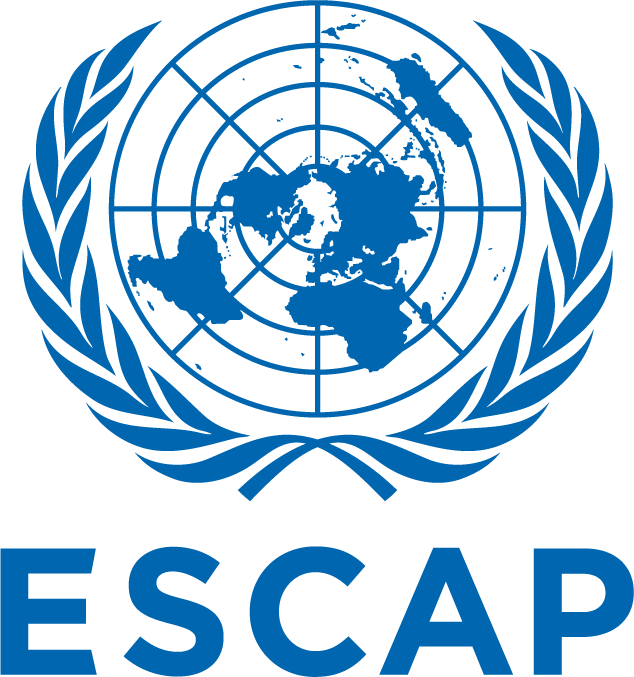SASCOF (OND 2024) Temperature - Chart Description
In OND, many countries in SASCOF will be at harvest (Afghanistan, India, Myanmar, Nepal, Pakistan) and planting (Sri Lanka) season for the rice crop.
For rice crop at harvest stage, above normal temperature at an extreme will likely have strong negative effects on rice crop production.
For rice crop at planting stage, below normal temperature may affect seed germination (below 19°C) and seedling emergence (below 12°C).
Please see the Methodology for documentation of crop calendar and hazard affecting crops in SASCOF members.
P: Planting
M: Mid-season
H: Harvest
Source: U.S. Department of Agriculture
In OND, many countries in SASCOF will be at planting (Bangladesh, Myanmar, Sri Lanka) and harvest (Afghanistan, India, Pakistan) season for the corn crop.
For corn crop at planting stage, below normal temperature can cause poor germination.
For corn crop at harvest stage, above normal temperature which may result in heat stress will negatively impact reproductive processes and harvest index of cereals, including corn. The optimum temperature for maize cultivation is 28 to 32°C, which is relatively higher than the optimum temperatures required for the production of other cereal crops
Please see the Methodology for documentation of crop calendar and hazard affecting crops in SASCOF members.
P: Planting
M: Mid-season
H: Harvest
Source: U.S. Department of Agriculture


